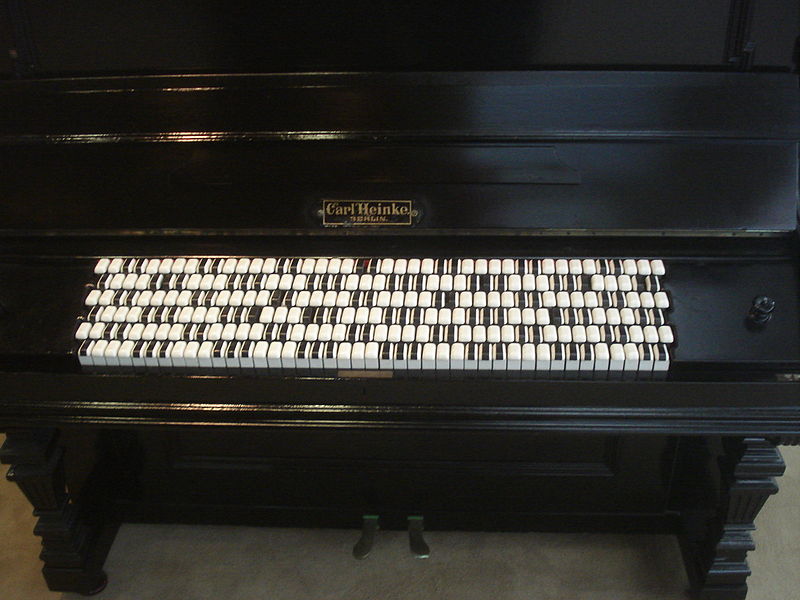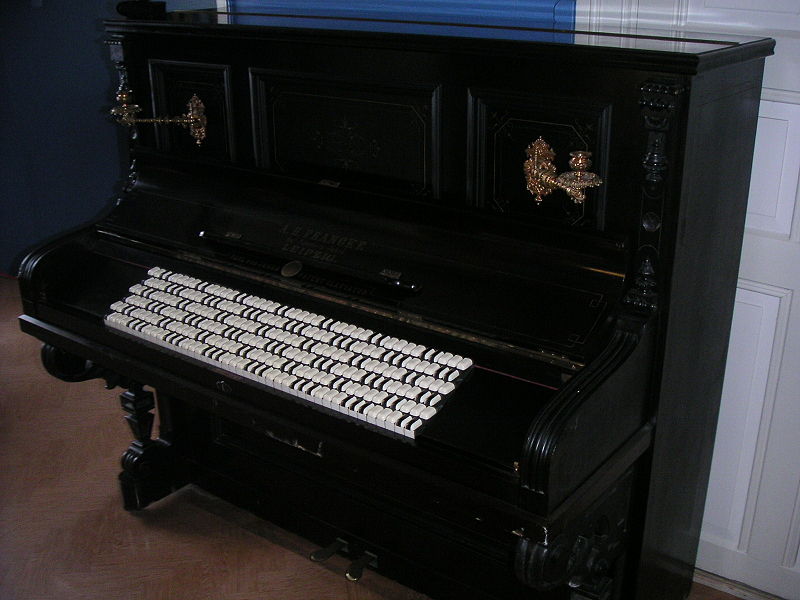The Jankó keyboard with its “6-6” layout was designed by Paul von Jankó in 1882. Because it has an isomorphic layout, each chord, scale, and interval has a consistent shape and can be played with the same fingering, regardless of its pitch or what the current key is. If you know a piece of music in one key you can transpose it simply by starting at a different pitch because the fingering is the same in every key.
This provides much more consistency than the traditional keyboard layout where each chord, scale, and interval has multiple shapes and requires learning multiple fingering patterns. On the Jankó layout there are twelve times fewer chord shapes and scale patterns to learn. This greater consistency also improves awareness of interval patterns and harmony, and makes it easier to improvise and play by ear.
Here is an image of the layout:

The span of notes that can be reached with the stretch of one hand is greater than on the traditional layout. Larger intervals such as an octave are about 14% smaller on a Jankó layout.
The multiple rows offer greater freedom and flexibility with fingering patterns. The higher rows are typically played with the fingers, while the lower rows are played by the thumbs. This basically eliminates the need to learn fingering patterns that require specific placement of a thumb-undertuck that are necessary on a traditional layout.
Follow this link to a Janko-style, isomorphic keyboard that you can play online at the Intuitive Instruments for Improvisers site. It is a nice resource with information about various isomorphic instruments and related topics.
Daskin Manufacturing has announced electronic MIDI Janko keyboards.
Janko Keyboard Article on Wikipedia
Here are two images of pianos built with the Janko key layout (courtesy of the Wikimedia Commons).

